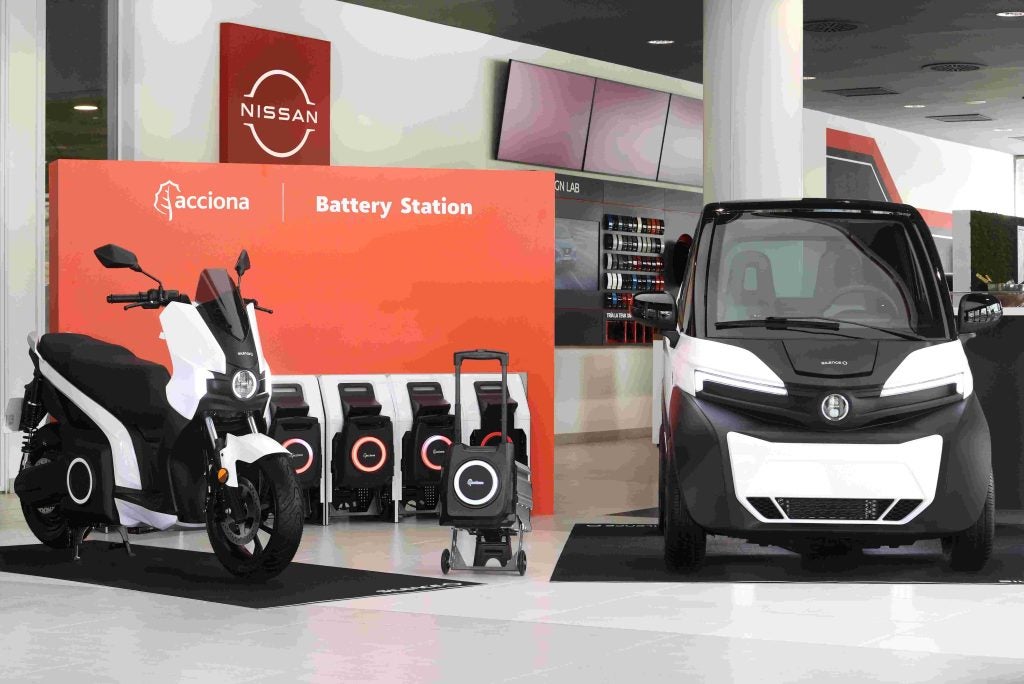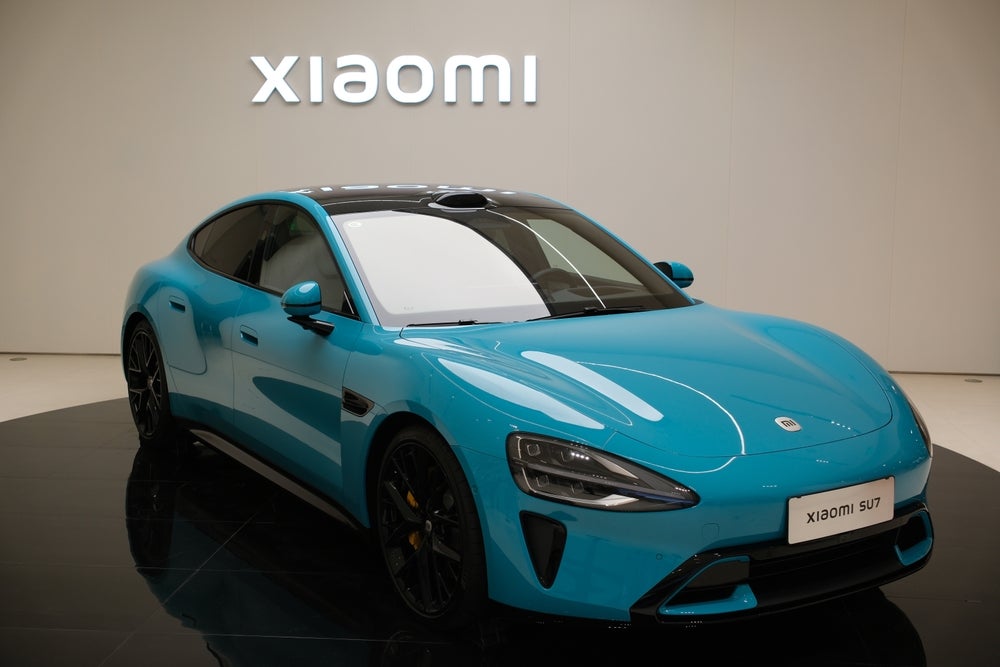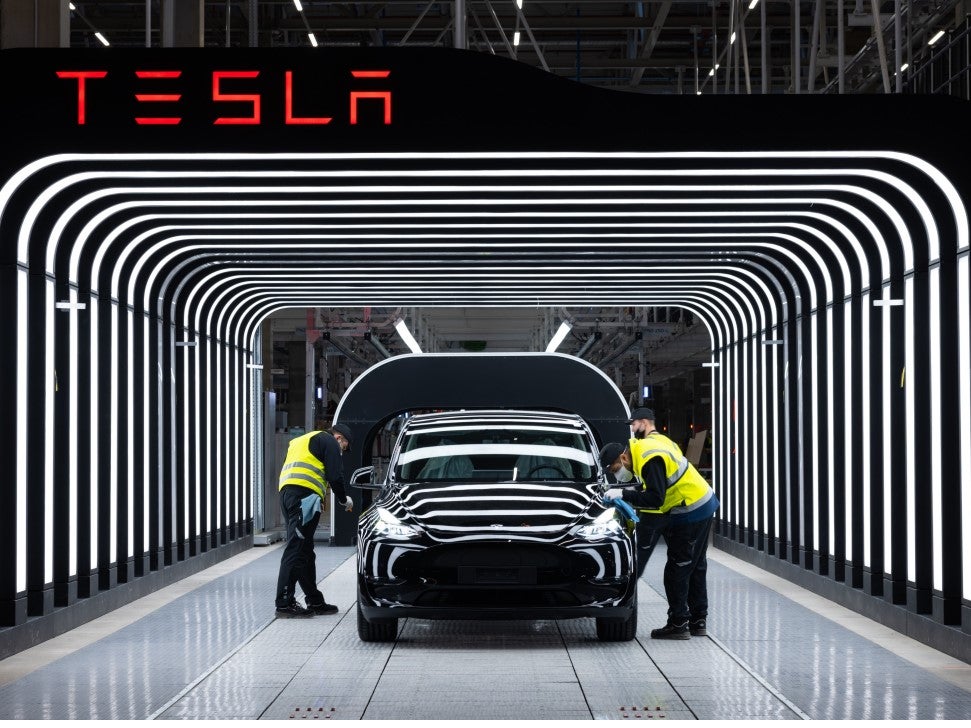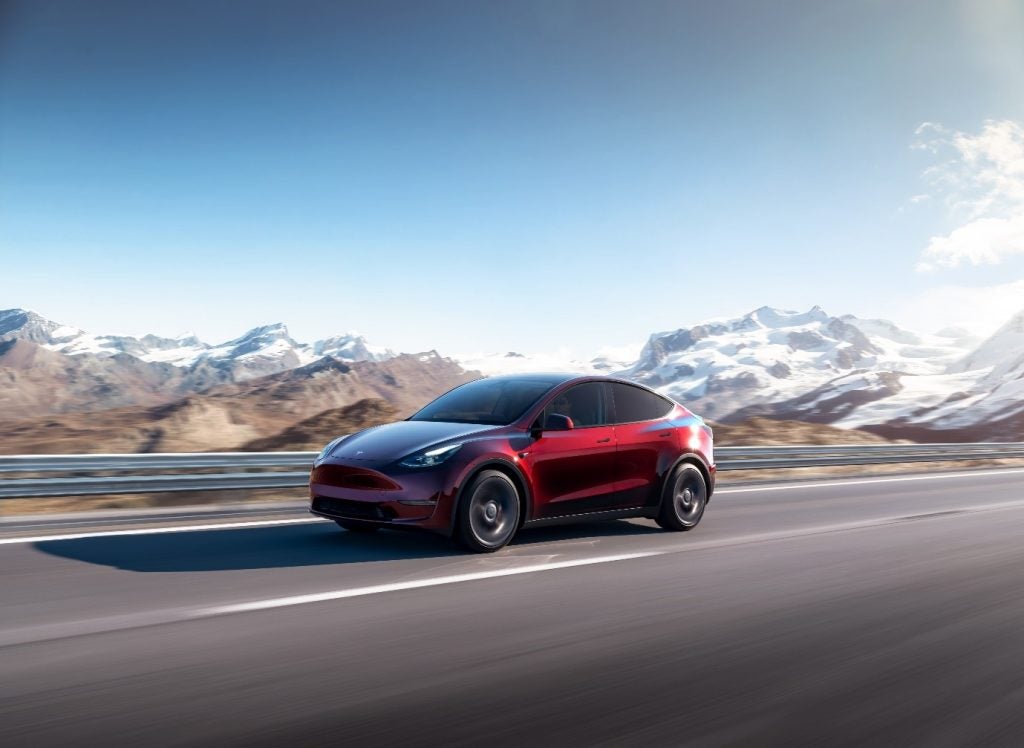 Were you as surprised as I was – writes Karl Ludvigsen – when GM’s vice chairman, Bob Lutz, said he’d like to be building Cadillacs in Germany? “This would help the brand to be more accepted in Germany and other European countries,” Lutz was quoted as saying. “We should be able to find the necessary capacity,” the GM product honcho added, and probably at an Opel factory.
Were you as surprised as I was – writes Karl Ludvigsen – when GM’s vice chairman, Bob Lutz, said he’d like to be building Cadillacs in Germany? “This would help the brand to be more accepted in Germany and other European countries,” Lutz was quoted as saying. “We should be able to find the necessary capacity,” the GM product honcho added, and probably at an Opel factory.
Isn’t this where we came in? No editors, so far as I’m aware, supplemented their reporting of this statement with the relevant fact that GM did built Cadillacs in an Opel plant in Germany as recently as 2001. Cadillac introduced the Catera, its version of the Opel Omega, at the Detroit Show in January, 1994 and carried on producing it into the 21st Century. Sales tapered to less than 10,000 in 2001 and the last few cars trickled to market in 2002. It wasn’t all that long ago, but the Catera seems already consigned to Cadillac Oblivion along with the Cimarron and Allante. Motor makers – as well as editors – have short memories.
To what extent did GM’s the production of the Catera in Germany help Cadillac’s sales in that crucial European market? Not at all, so far as we can tell, because it wasn’t offered as part of the Cadillac range during a period when Cadillac’s distribution in Europe left a lot to be desired – as indeed it still does. It had to be phased out when the model from which it was derived, the rear-drive Omega, was dropped from Opel’s lineup. So there’s the ultimate irony: when Cadillac did have a German-built car, it didn’t exploit it to promote its sales in Germany.
I’ve been interested in the issue of Cadillac’s exports for more years than I care to mention. When the Allante was launched in Europe we conducted research at the Paris Salon to gain insights into European attitudes toward it and sales opportunities in relation to its pricing. We saw a great opportunity for the Allante against an ageing SL Mercedes if the new Cadillac were competitively priced. However GM’s chief, Roger Smith, countermanded Cadillac’s plans to do just that and pushed the launch price of the Allante too high to give it a chance to make hay in any of its markets, let alone Europe. It’s a lesson that many have yet to learn – including those who set the launch pricing of Chrysler’s new Pacifica.
Although Cadillac was one of the world’s great marques through the early years of the industry, fully meriting its “Standard of the World” strapline, it resolutely turned its back on export markets during the last half of the 20th Century. Efforts to export Cadillacs weren’t helped by a cumbersome distribution structure that thwarted any and all attempts to develop a coherent sales effort. Mooted in 2001 was the idea of selling Cadillacs through Saab’s European network, but this failed to take flight.
How well do you really know your competitors?
Access the most comprehensive Company Profiles on the market, powered by GlobalData. Save hours of research. Gain competitive edge.

Thank you!
Your download email will arrive shortly
Not ready to buy yet? Download a free sample
We are confident about the unique quality of our Company Profiles. However, we want you to make the most beneficial decision for your business, so we offer a free sample that you can download by submitting the below form
By GlobalDataStrategy of the month for selling Cadillacs in Europe is the engagement of the Dutch Kroymans group, announced in June and taking effect in October. Kroymans will open ten solus Cadillac dealerships of its own – dubbed “Experience Centres” – and will recruit other principals to open 15 supplementary outlets. The latter will provide UK coverage, for which GM is considering the production of right-hand-drive versions of several Cadillacs – a step that would help in Japan as well. With this new network GM hopes that it can lift Cadillac’s European sales above their present low four-figure volumes.
Kroymans has assigned this job to Bert Kreber, a highly experienced distribution executive. Now 60, Kreber was head of Hyundai’s budding European headquarters until September of last year, when he left to take a part-time post at Kroymans. He is certain to have played a key role in inducing GM to bring its hopes and prayers for Cadillac to Kroymans, which will have full responsibility for the brand’s European marketing and sales. Most important of all, however, will be the degree to which Cadillac and GM support this budding effort. It will need all the product, production and marketing help it can get if Cadillac is to swim upstream against the torrent of entrenched preference for Europe’s noble marques. Past experience suggests that GM, obsessed as it is with its North American markets and rivals, will not measure up in this important respect.
One sign that GM does care about Cadillac in Europe would indeed be the production of one of the marque’s models on that continent. One option would be to repeat the Catera experience – derive a Cadillac from an Opel. There’s no suitable platform now, but Opel is looking for a platform for a larger model to replace its phased-out Omega. Its development chief Hans Demant believes he’s found it in Australia in the form of the next overhaul, with an improved independent rear suspension, of Holden’s Monaro. This would accept a new four-litre V-8 that Opel is developing. Styled by Martin Smith, a concept car along just these lines is on show at Frankfurt’s IAA this September.
Could this putative new model be suitably tweaked to create a Cadillac? That division’s general manager, Mark LaNeve, doesn’t think so. “There are not too many products coming out of Opel that we think would have the potential to be Cadillacs,” LaNeve told the International Motor Press Association in June. “We have a lot of discussions of joint projects, but we haven’t done any yet and I don’t know if we’ll ever do one.” That this is so could be attributed to LaNeve’s aim for Cadillac: “They will have a distinctively American flavour. We’re going to be bigger, bolder and better than the comparable European or Japanese entries.” This certainly couldn’t have been said of the Catera, which was woefully devoid of the chutzpah that has traditionally set Cadillacs apart – and that its newest models do indeed flaunt.
Cadillac’s director of global brand development, John Howell, says that the division might be able to create a product of its own, “an entry-luxury vehicle” that could be matched against the 3-Series BMW and C-Class Mercedes-Benz. Of course this would have merit both for Europe and for Cadillac’s North American market. Such a car would be European-produced, in Howell’s scenario, and exported to the USA. But how is it to be derived if LaNeve doesn’t like what he’s seen at Opel? Perhaps the line of development will be directly between Australia and Cadillac, a la Pontiac’s GTO.
The worst solution for Cadillac’s 3-Series would be to engineer it in America and build it in Europe. That would open up just as many opportunities for finger-pointing blame games across the Atlantic as the Catera and indeed the late and – by this writer – lamented Allante. These days close co-ordination between engineering and manufacture is indispensable if first-class quality is the goal. My conclusion? The new “entry-luxury” Cadillac should be designed and produced in America and, as a supplementary action, assembled in Europe if its sales there justify it. Let’s check back in a couple of years and see whether the General agrees.
Karl Ludvigsen is an award-winning author, historian and consultant who has worked in senior positions for GM, Fiat and Ford. In the 1980s and 1990s he ran the London-based motor-industry management consultancy, Ludvigsen Associates. He is currently an independent consultant and the author of more than three dozen books about cars and the motor industry, including Creating the Customer-Driven Car Company.







